
la diaria calls its approach “human journalism.” With support and input from its readers, the paper investigates government corruption, airs a radio station and produces documentaries.

Clarín and La Nación managed to make so much progress where many around the world have failed. From installing paywalls to offering exclusive content, here's how they've done it.
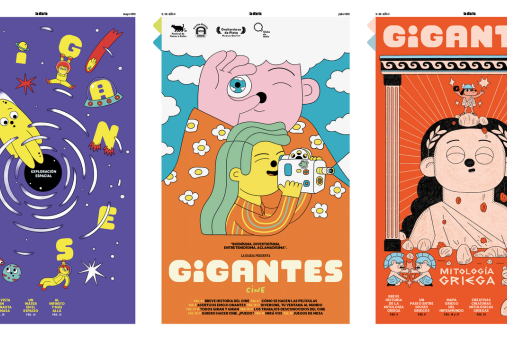
While other newspapers were cutting children's supplements, the independent la diaria, from Uruguay, launched Gigantes and gained over two thousand subscribers in three years. Their secret? Incorporating children and teenagers into their production processes and addressing topics that truly interest young readers, balancing information and entertainment.
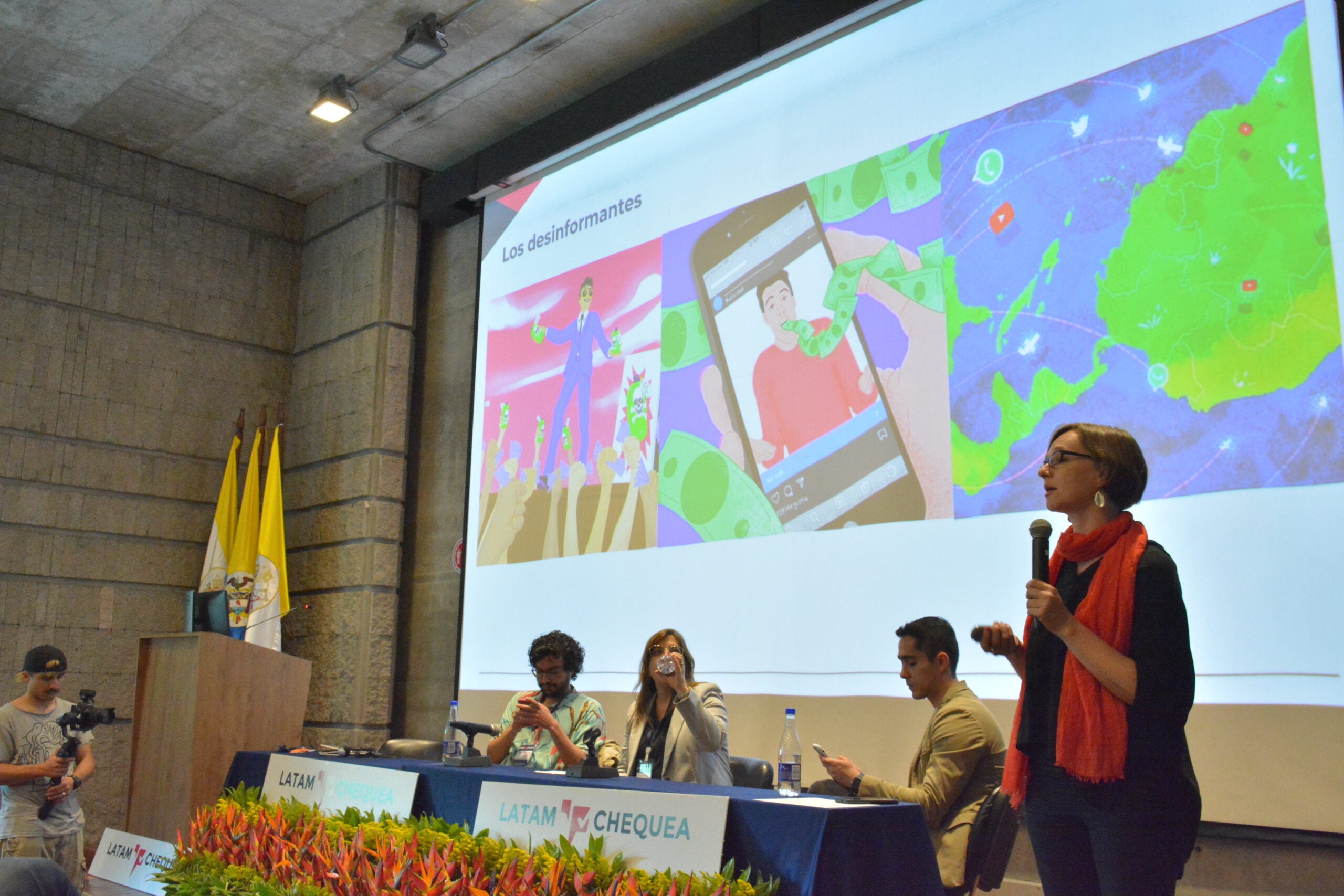
Consolidating a sustainable journalistic project with editorial independence is a difficult task. In Argentina, where a fiscal deficit coupled with a currency devaluation and inflation reached 94.8% in 2022, the question is unavoidable: What fundraising strategies do digital native media such as Cenital, Chequeado and elDiarioAr implement in order to survive?

Nearly 80% of local digital and regional media in Mexico are working for or plan, within three years, to incorporate a reader revenue model, meaning a paywall system, subscriptions, contributions or membership program.
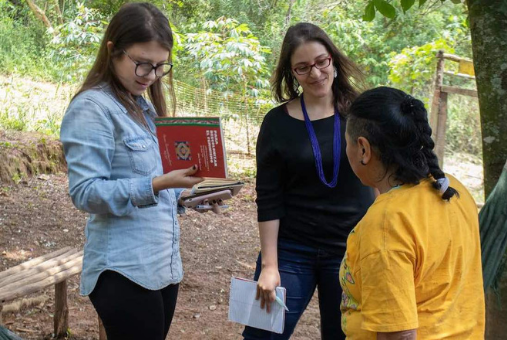
This story was originally published by the Reuter's Institute at the University of Oxford and has been republished here with permission. The pandemic has worsened the economic outlook for many news publishers. At the same time, it has afforded an opportunity to diversify revenue streams by offering service journalism and editorial products more directly connected to readers’ […]

The amount raised was used to hire journalists, move the newsroom to a larger and safer building, and to purchase equipment
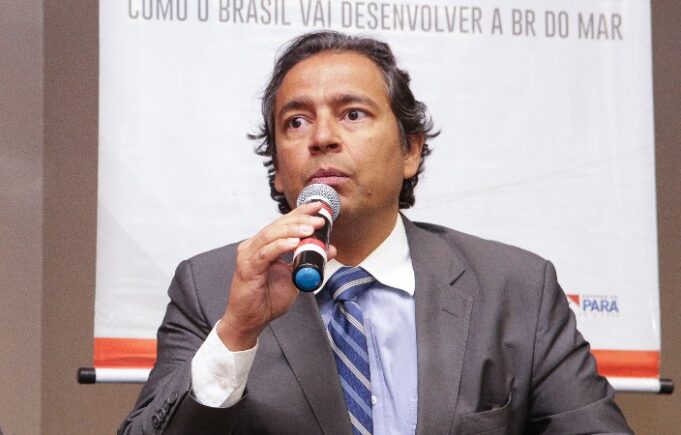
Digital Natives: Agência Infra, which started 2017, is a Brazilian digital news organization that covers infrastructure projects for a demanding public and experiments with different products and services.
Thirty winners in 10 Latin American countries were selected as part of the Google News Initiative Innovation Challenges for 2019 and together will receive about US $4.4 million to develop digital projects.

The action button was launched in February 2019. Since then, it has generated more than a thousand responses or actions among its members.

The report “Membership in News & Beyond: What Media Can Learn from Other Member-Driven Movements” underlines a “core difference” between the membership and subscription models.
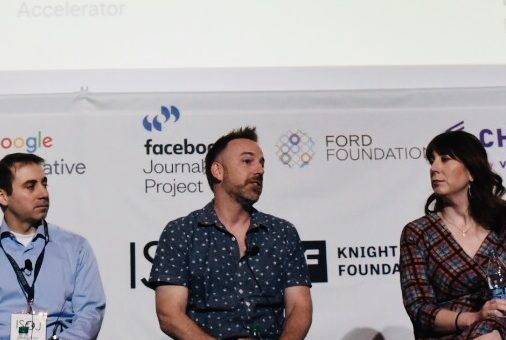
Making money from journalism is hard. That was the general takeaway from the International Symposium on Online Journalism (ISOJ) panel “Subscriptions and memberships: Reinventing the relationship with your audience” April 12.